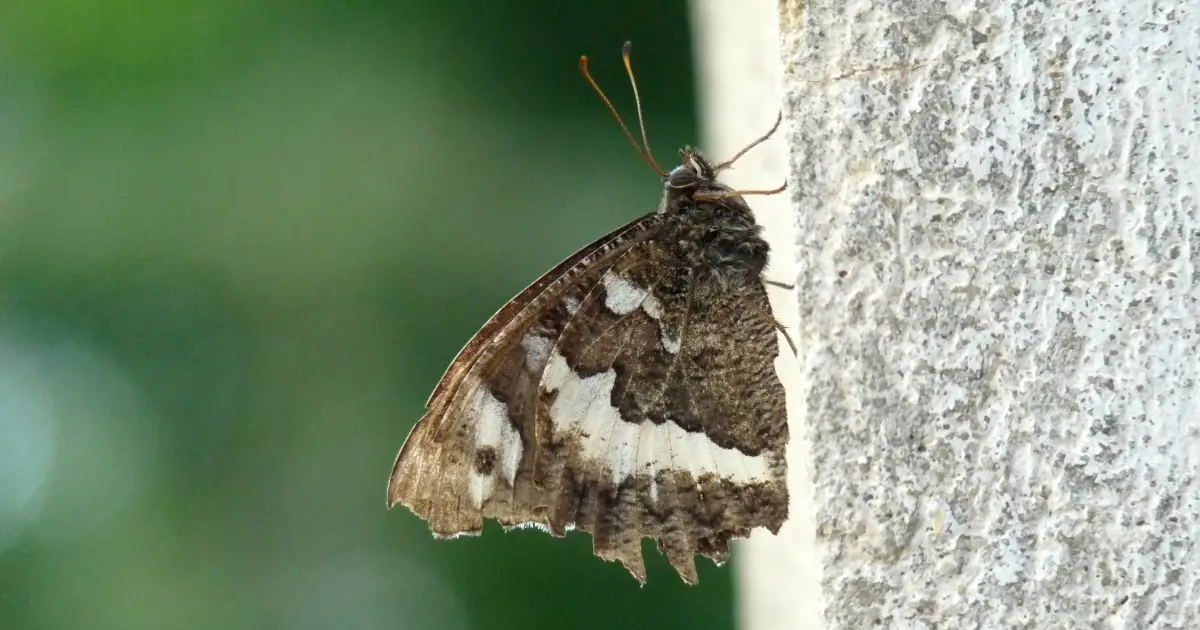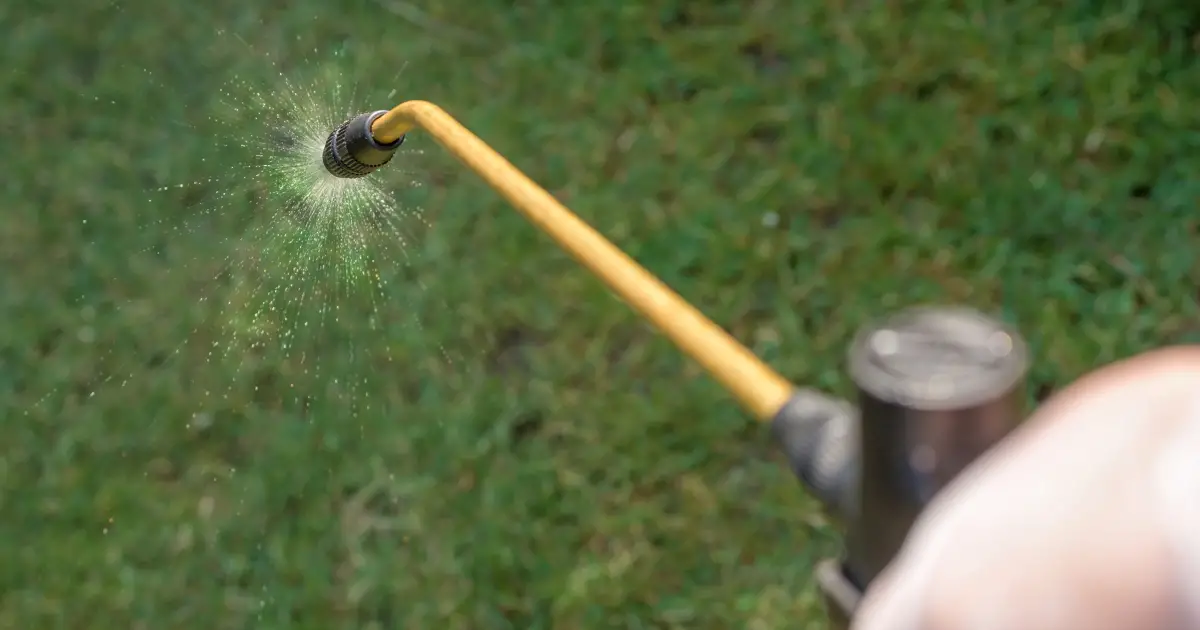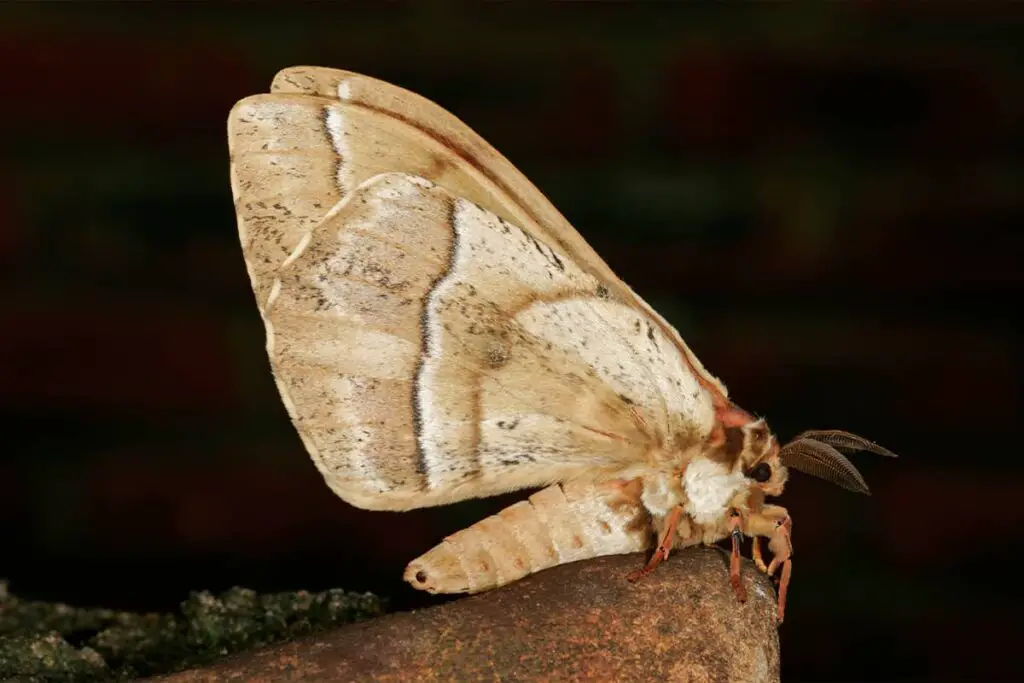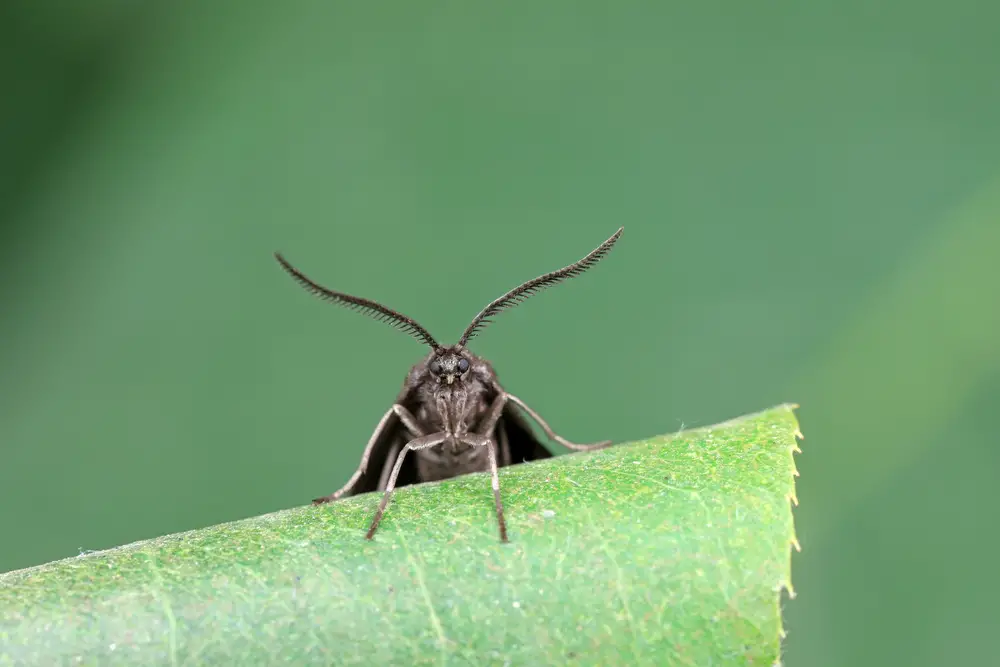Do you have a problem with gypsy moths? If so, you’re not alone. These pests can be a considerable nuisance, and they can cause a lot of damage to your property.
This blog post will discuss how to get rid of gypsy moths using natural methods and chemical treatments.
We’ll also provide some tips on how to prevent them from coming back in the future.
What Are Gypsy Moths?
Gypsy moths are a type of moth native to Europe, Asia, and North Africa. The gypsy moth was first introduced to North America in the 1860s and has since become a significant pest in forestry and agriculture.
Adult moths emerge as brown or black, with a wingspan of up to 2.5 inches. Female moth also has two small red spots on her forewings.
Gypsy moth caterpillars are light green or yellowish-green, with dark brown or black stripes running down their backs. They grow up to 2 inches long and can be found feeding on the leaves of trees and shrubs from late spring through early summer.
Gypsy moth caterpillars are notorious for their voracious appetite. They can quickly defoliate entire trees. This can weaken and even kill the tree, making it more susceptible to disease and insect infestation.
In heavily forested areas, gypsy moth outbreaks can cause significant economic damage and ecological upheaval.
Suppose you think you have spotted a gypsy moth caterpillar. In that case, it is essential to contact your local extension office or forestry department to take steps to prevent the further spread of this damaging pest.
How Do Gypsy Moths Damage Your Property?

Gypsy moth caterpillars love to feast on the foliage of trees, and they’re not fussy about what kinds of trees they eat. In fact, these voracious little creatures will happily munch on just about any tree, including oak, maple, birch, poplar, willow, and elm.
If you have any of these trees on your property, there’s a good chance that gypsy male moths will cause some damage.
The first sign of a gypsy moth infestation is usually the presence of egg masses on tree trunks or other surfaces. These egg masses are typically covered with a tan or brown colored fuzz, and they can contain up to 500 eggs each.
Once the eggs hatch in the spring, the caterpillars begin to feed. They initially prefer young leaves, but as they grow older, they’ll start to consume just about any leafy material.
This feeding can cause significant defoliation of trees; if enough leaves are eaten, it can even kill the tree.
In addition to damaging trees, gypsy moans are a nuisance for living near infested areas. The caterpillars often drop from trees onto patios, decks, and other outdoor areas, where they can become a nuisance.
They can also leave behind unsightly droppings, which can be challenging to remove from surfaces.
What Are The Ways To Eliminate Gypsy Moths Naturally?
In late spring, gypsy moth lay egg masses begin to hatch; these voracious destroyers feast on the leaves of trees and, for the following several week’s shrubs, quickly stripping them bare. While several pesticides can control gypsy moth populations, many homeowners are looking for ways to naturally eliminate these pests.
Fortunately, several effective gypsy moth control methods for dealing with gypsy moths without chemicals.
One of the best ways to control gypsy moths is to encourage their natural predators. Birds such as woodpeckers, blue jays, and crows will readily feed on gypsy moth caterpillars and can help to keep their numbers in check.
Similarly, parasitic wasps can also be effective in controlling gypsy moth populations. These wasps lay their eggs inside gypsy moth caterpillars. When the eggs hatch, the gypsy moth larvae devour the caterpillars from the inside out.
Another effective method for dealing with gypsy moths is to remove their food source.
This can be done by regularly inspecting fruit bearing trees and shrubs for egg masses and removing them before they have a chance to hatch.
Read More: Which Insects Don’t Sleep?
Chemical Treatments For Gypsy Moth Infestations

Gypsy moth infestations are a severe problem for many homeowners. The larvae of these pests can cause extensive damage to trees and shrubs, and the adults can also be a nuisance.
Chemical treatments are one way to control gypsy moth populations.
Several different types of chemicals are available for this purpose and can be applied in various ways.
For example, some products come in the form of granules that can be scattered around the base of affected trees. Others are liquids that can be sprayed onto leaves or dead branches.
In most cases, multiple applications are necessary to achieve adequate control. Some chemicals are intended only by certified applicators, so it is essential to read labels carefully before purchasing any product.
With proper care and treatment, gypsy moth infestations can be controlled.
Prevent Gypsy Moths From Coming Back In The Future
You can take many steps to prevent gypsy moths from becoming a problem in the future. One of the most important things you can do is remove any egg masses on trees or other surfaces.
These egg masses can contain hundreds of gypsy moth eggs, often found on the underside of leaves or crevices. It is essential to scrape them off with a blunt object and destroy them.
You should also avoid moving firewood or other objects that could be infested with gypsy moth caterpillars. If you need to move these items, check them carefully first and dispose of any caterpillars you find.
Some of the best choices include oak trees, maples, and cherry trees.
By taking these steps, you help ensure that gypsy moths do not become a problem in the future.
Conclusion
Gypsy moths can be a severe problem for homeowners, as their larvae can cause extensive damage to trees and shrubs.
There are several ways to eliminate these pests naturally, including encouraging their natural predators and removing their food source.
Chemical treatments are also available, but they should be used sparingly as they can harm the environment and kill beneficial insects.
The best way to prevent gypsy moths from becoming a problem in the future is to take steps to avoid infestations in the first place.
By following these tips, you can help keep your home and yard free of these pesky pests.
Do you have any tips for how to get rid of gypsy moths? Share them in the comments below!
If you enjoyed this article, please share it with your friends or family. Thanks for reading!
Keep Reading:
Why Do My Crickets Keep Dying?
Driven by a passion for those tiny creatures that rule our world, we at Bug Domain strive to be your go-to resource for information on insects.




